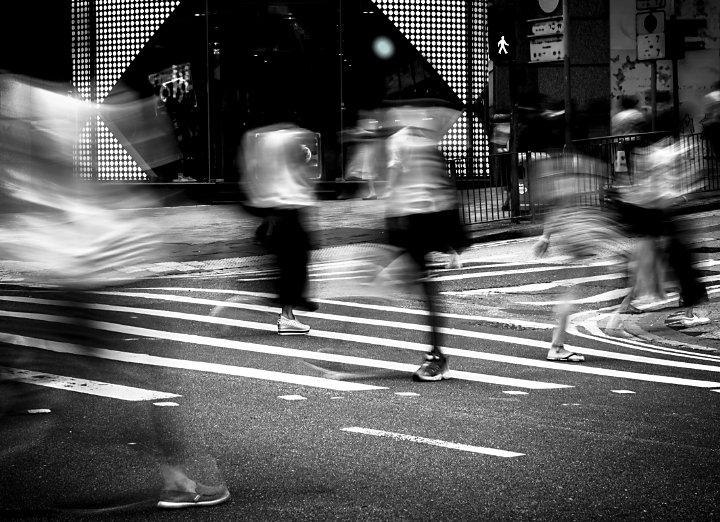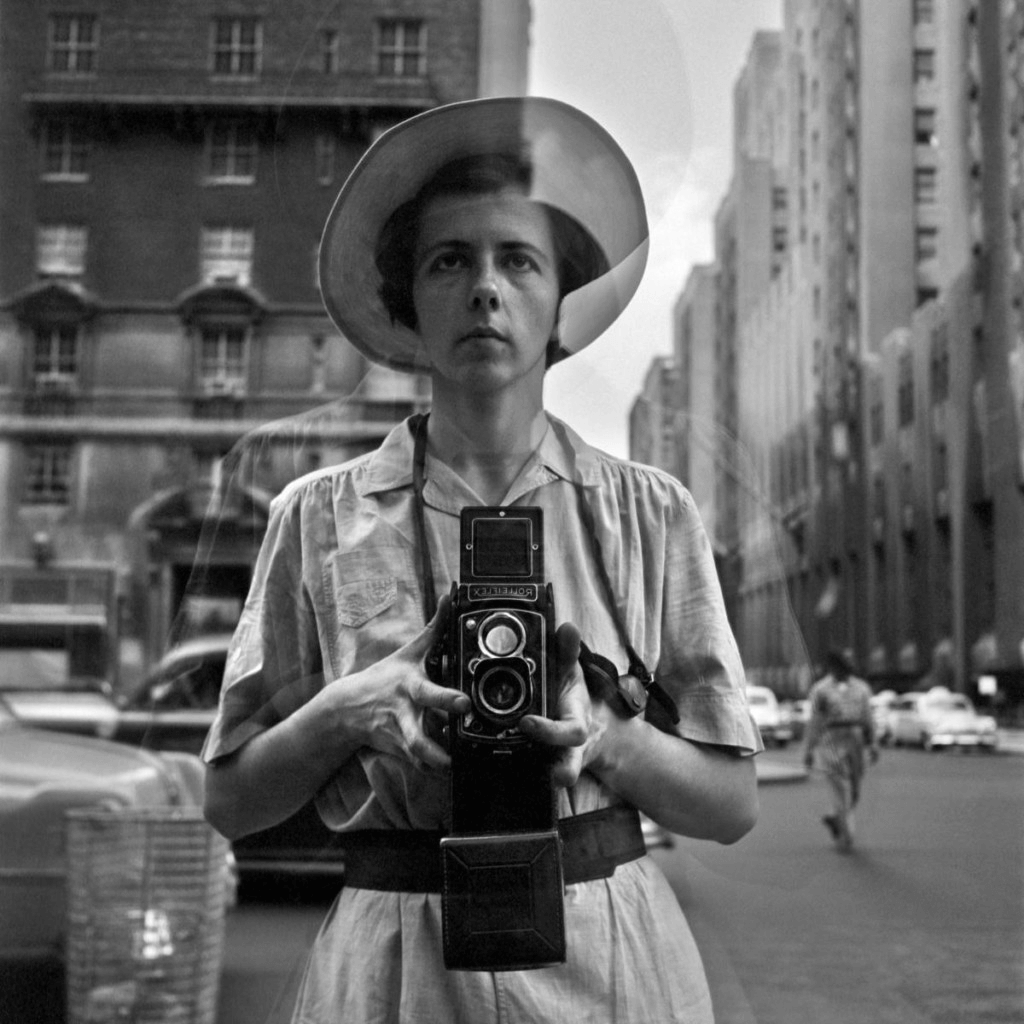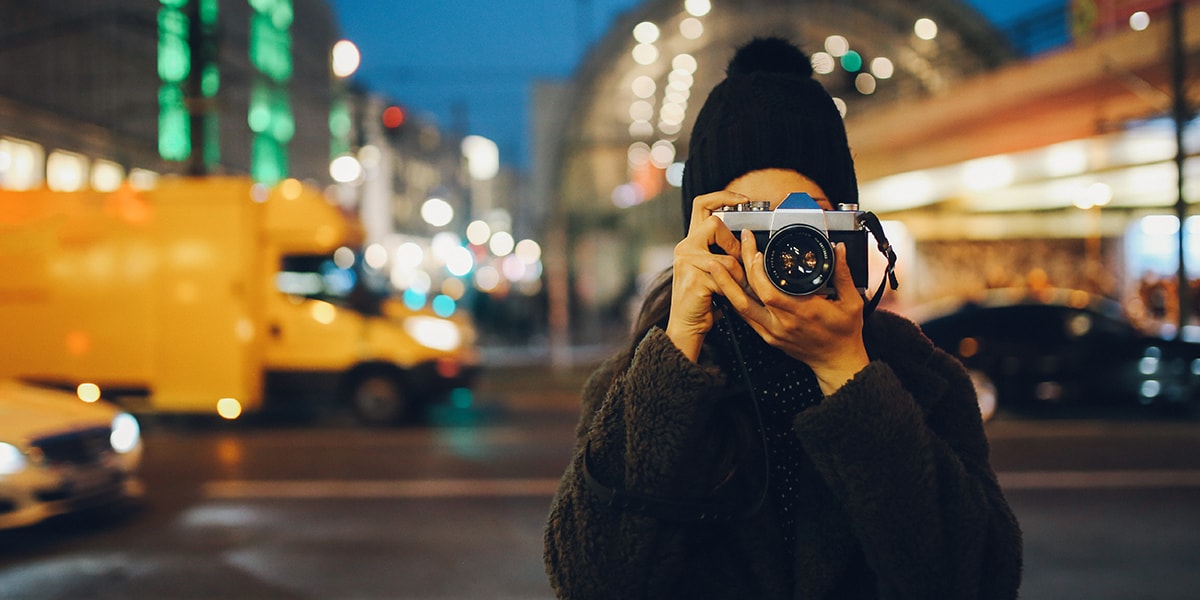Framing Streets Fundamentals Explained
Table of Contents6 Easy Facts About Framing Streets ExplainedFraming Streets Fundamentals ExplainedThe Ultimate Guide To Framing StreetsGetting The Framing Streets To WorkA Biased View of Framing StreetsThe 6-Second Trick For Framing Streets
, typically with the objective of recording photos at a definitive or touching minute by careful framework and timing. http://ttlink.com/framingstreets1.
Not known Facts About Framing Streets
Susan Sontag, 1977 Street photography can concentrate on individuals and their actions in public. In this respect, the street digital photographer is similar to social docudrama professional photographers or photojournalists that likewise function in public places, yet with the aim of catching newsworthy events. Any one of these professional photographers' photos may record people and residential property noticeable within or from public areas, which often requires browsing honest issues and regulations of personal privacy, security, and property.
Depictions of daily public life create a genre in nearly every duration of world art, starting in the pre-historic, Sumerian, Egyptian and early Buddhist art periods. Art dealing with the life of the road, whether within sights of cityscapes, or as the leading concept, appears in the West in the canon of the Northern Renaissance, Baroque, Rococo, of Romanticism, Realistic look, Impressionism and Post-Impressionism.
4 Simple Techniques For Framing Streets
Louis Daguerre: "Blvd du Temple" (1838 or 1839) In 1838 or 1839 the very first picture of numbers in the street was taped by Louis-Jacques-Mand Daguerre in among a pair of daguerreotype views drawn from his studio window of the Blvd du Temple in Paris. The 2nd, made at the height of the day, reveals an unpopulated stretch of road, while the other was taken at concerning 8:00 am, and as Beaumont Newhall reports, "The Boulevard, so regularly loaded with find out this here a relocating crowd of pedestrians and carriages was perfectly solitary, except an individual that was having his boots brushed.
, that was motivated to carry out a comparable documentation of New York City. As the city established, Atget aided to promote Parisian streets as a worthwhile subject for digital photography.

The Framing Streets PDFs
Martin is the very first tape-recorded professional photographer to do so in London with a disguised video camera. Mass-Observation was a social research organisation established in 1937 which aimed to tape-record daily life in Britain and to tape the responses of the 'man-in-the-street' to King Edward VIII's abdication in 1936 to marry separation Wallis Simpson, and the sequence of George VI. Between 1946 and 1957 Le Groupe des XV every year exhibited work of this kind. Andre Kertesz. Circus, Budapest, 19 May 1920 Road digital photography created the major content of two exhibits at the Gallery of Modern Art (Mo, MA) in New York curated by Edward Steichen, 5 French Professional Photographers: Brassai; Cartier-Bresson, Doisneau, Ronis, Izis in 1951 to 1952, and Post-war European Photography in 1953, which exported the idea of road digital photography worldwide.

Some Known Factual Statements About Framing Streets
, then an educator of young youngsters, linked with Evans in 193839.'s 1958 publication,, was considerable; raw and often out of focus, Frank's photos examined mainstream digital photography of the time, "tested all the official policies laid down by Henri Cartier-Bresson and Walker Evans" and "flew in the face of the wholesome pictorialism and wholehearted photojournalism of American publications like LIFE and Time".